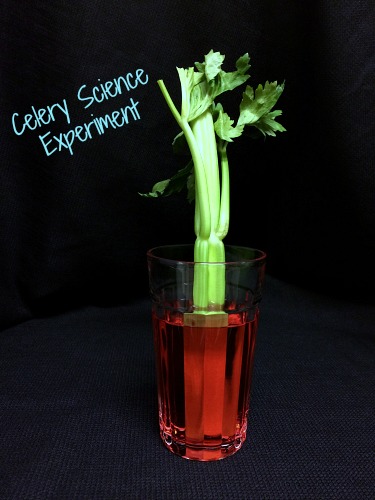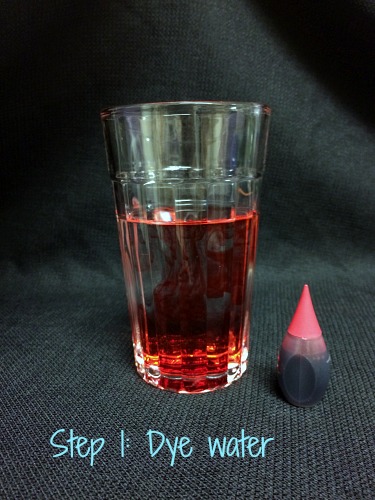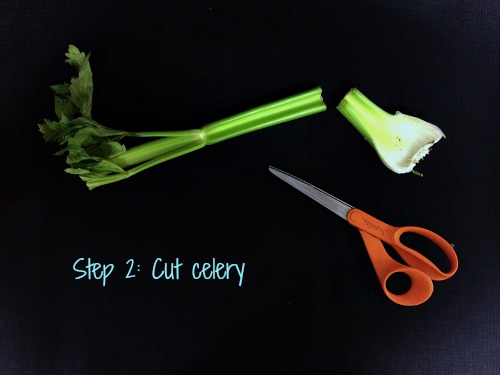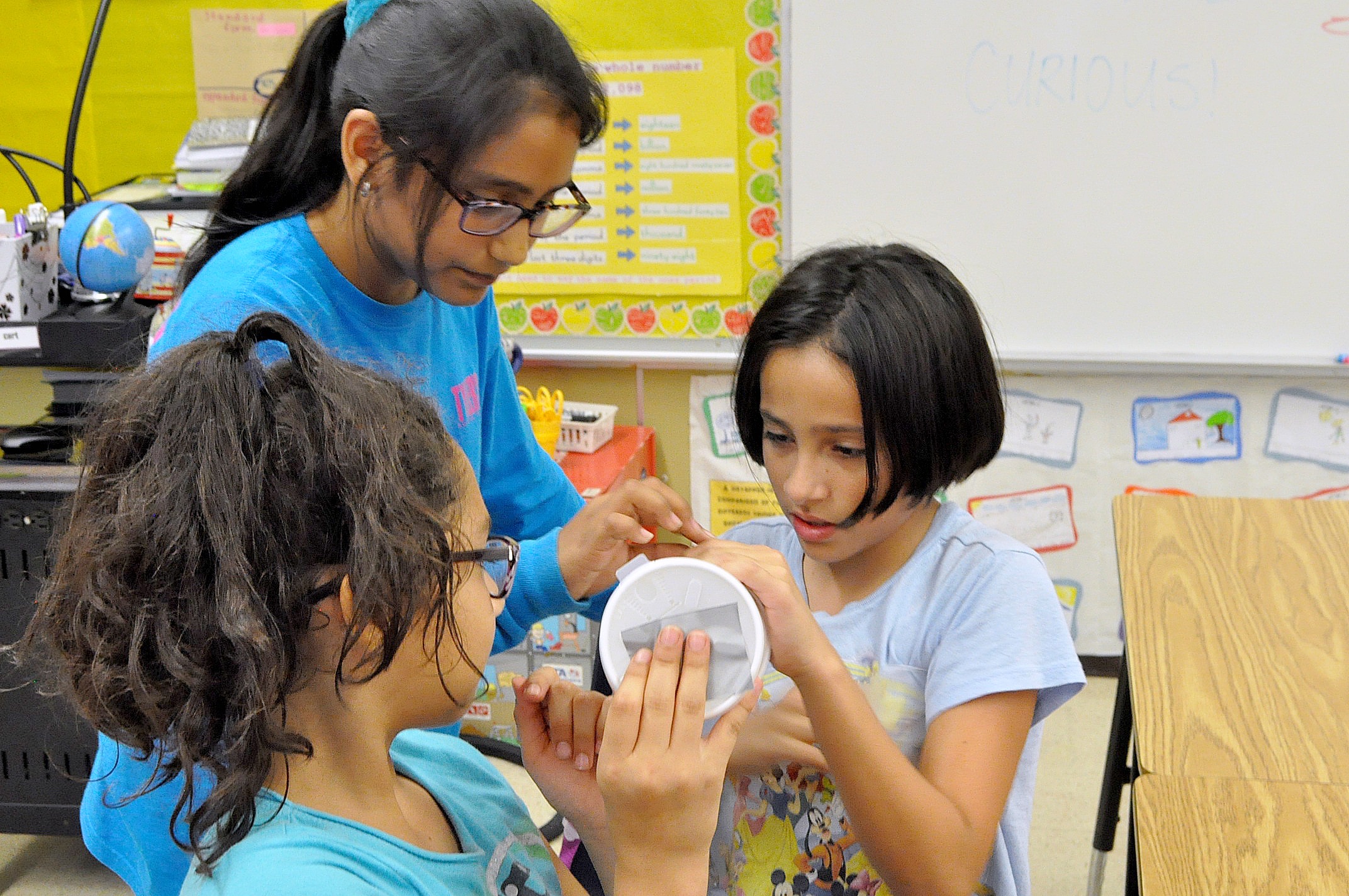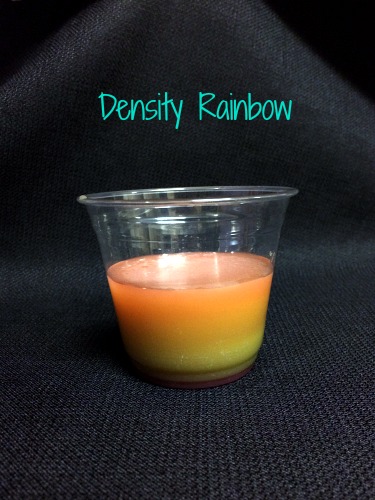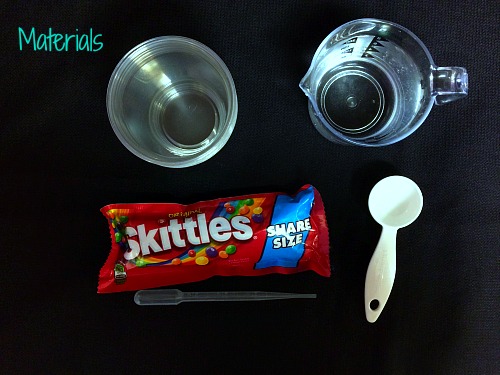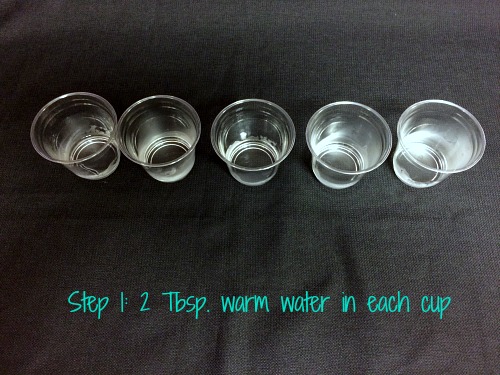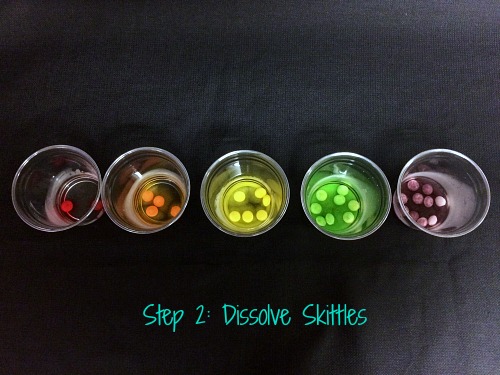Is it Soundproof?
This week at After School To-Go, students explored the Acoustical Engineer career and designed room prototypes based on their school cafeterias. We all know how loud and exciting a school cafeteria can be, but nearby classrooms may not be as excited to listen to the commotion! Girls learned and reviewed important concepts, including “acoustics”, “echo”, “sound reflection”, and “absorption”, then used these ideas to solve this problem!
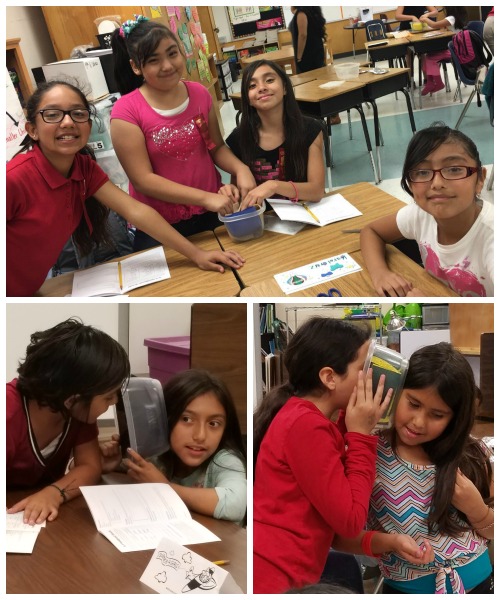
Before designing their prototypes, students compared the noise levels and materials in a cafeteria and a library. While cafeterias have high ceilings, bare walls, and tile flooring, libraries have carpet, low ceilings, and walls covered with bookshelves and pictures. After connecting these differences to the vocabulary they learned at the beginning of their session, students began designing their soundproof cafeterias!
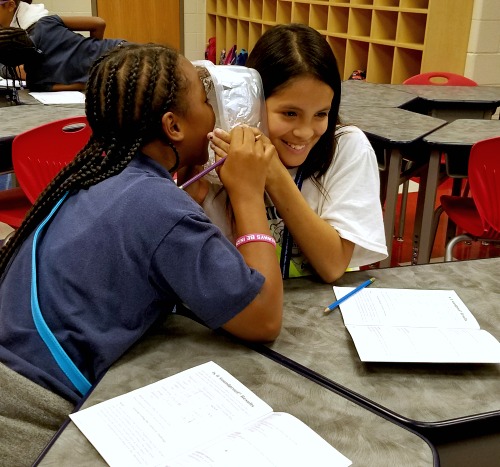
Girls were given materials such as foam, bubble wrap, sponges, and foil. They lined their boxes with various materials and tested them by listening for sounds on the outside of the box. After making modifications, girls were put to the test by their STEM Crew leaders. Group leaders played a song on their phone and placed the phone underneath the lined boxes. Girls observed the volume emitting from under the box and rated the effectiveness of their soundproof rooms. Finally, students presented their recommendations for a soundproof cafeteria to the large group!
